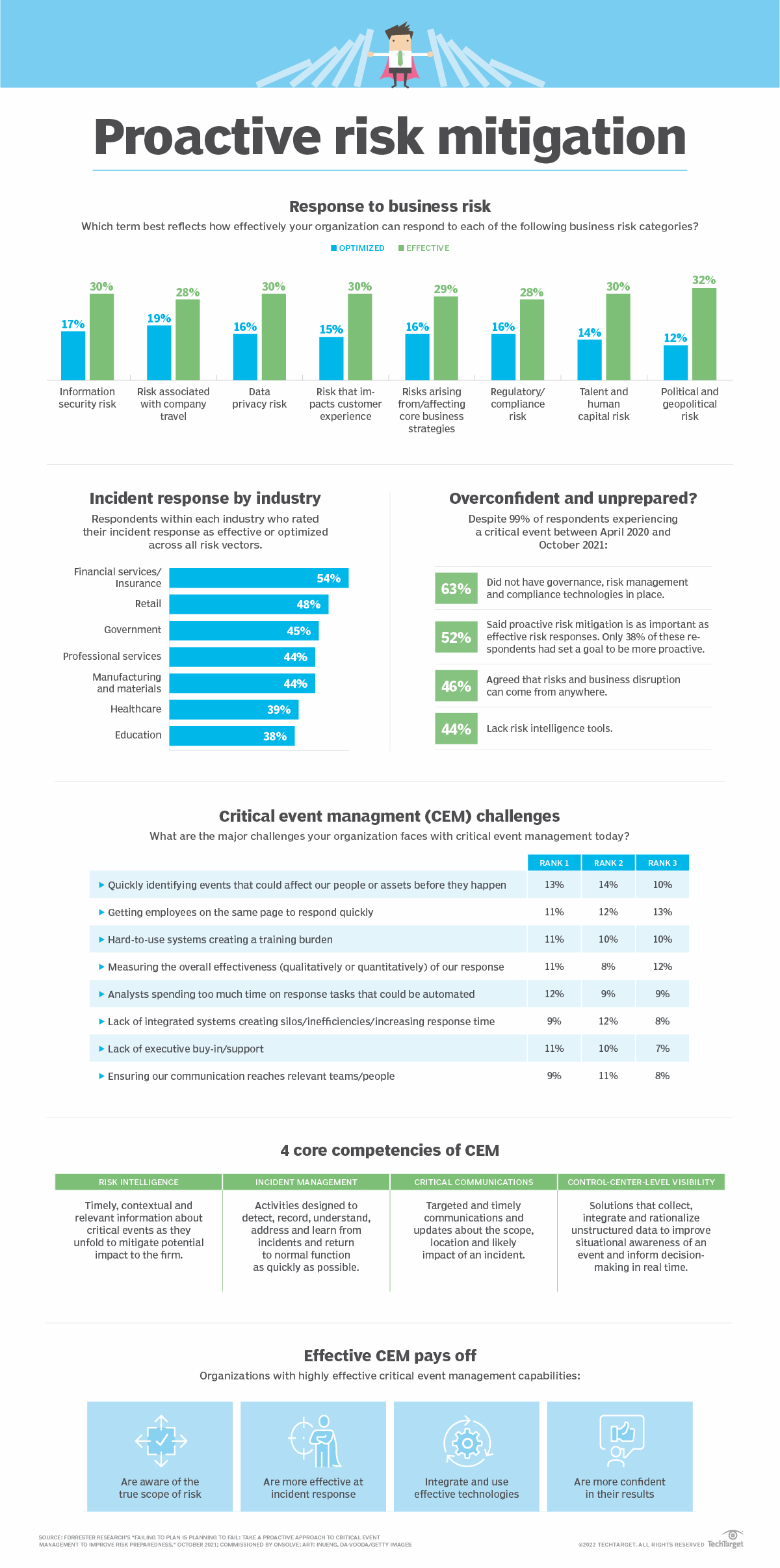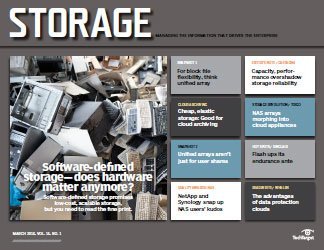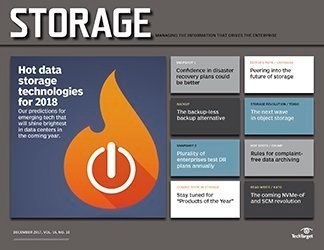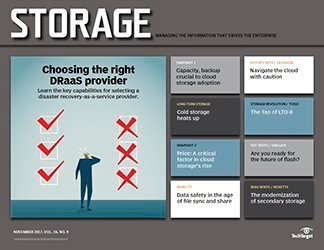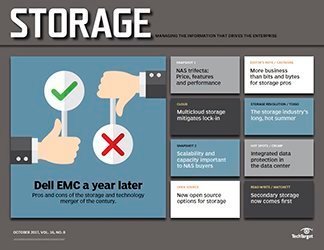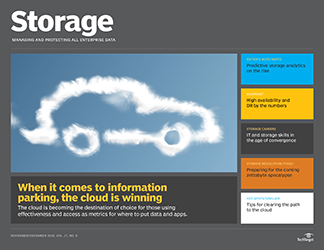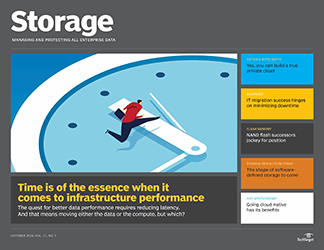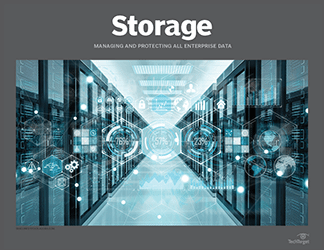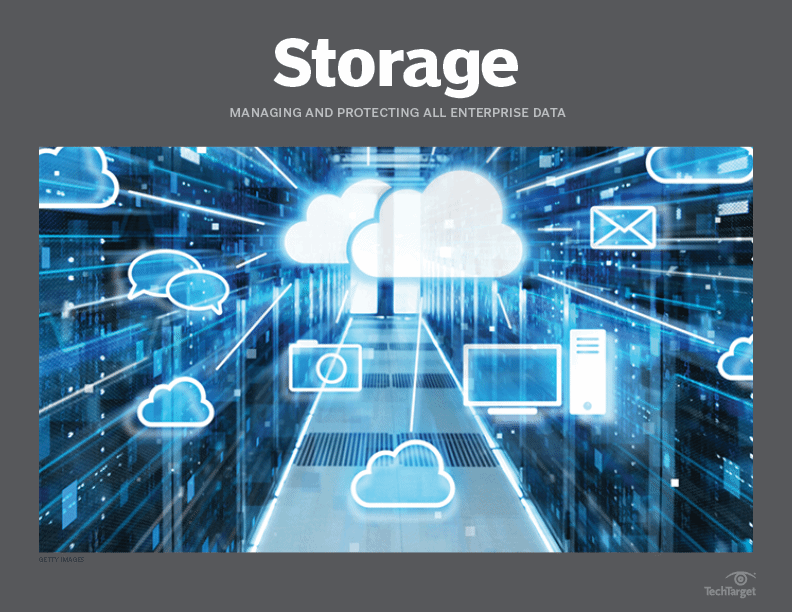Storage
- Editor's letterData storage and security make a mission-critical mix
- Cover storyThe best enterprise storage systems and products of 2021
- InfographicProactive risk mitigation should be a business priority
- FeaturePredictions for the top data storage trends of 2022
- ColumnCut down on containerized environment complexity
- Column20 years of 'Storage' magazine's Products of the Year
Proactive risk mitigation should be a business priority
Every organization will likely deal with a critical event at some point, but many are still reluctant to make proactive risk mitigation a priority.Effective critical event management is what keeps a business afloat when a crisis strikes. A major component of that is taking steps toward proactive risk mitigation -- avoiding threats before they strike. However, even if an organization has recently experienced a critical event, it may make few changes to its existing preparation strategy.
In October 2021, Forrester Research released a report commissioned by critical event management (CEM) vendor OnSolve. The report -- "Failing to plan is planning to fail: Take a proactive approach to critical event management to improve risk preparedness" -- surveyed 469 respondents, and the results emphasize a consistent aspect of the incident response field: Organizations are hesitant to invest in disaster recovery planning.
Proactive risk mitigation is key to an effective CEM strategy. It requires organizations to balance the impact of potential risks with the costs of investing in the required technology and resources.
A common thread among respondents who had a strong CEM response was an understanding of the scope and scale of risks. These organizations were 152% more likely to agree that proactive risk mitigation is important than respondents from organizations with a less effective critical event response.
The infographic below illustrates where businesses think they stand with CEM, and what they're missing without proactive risk mitigation.
